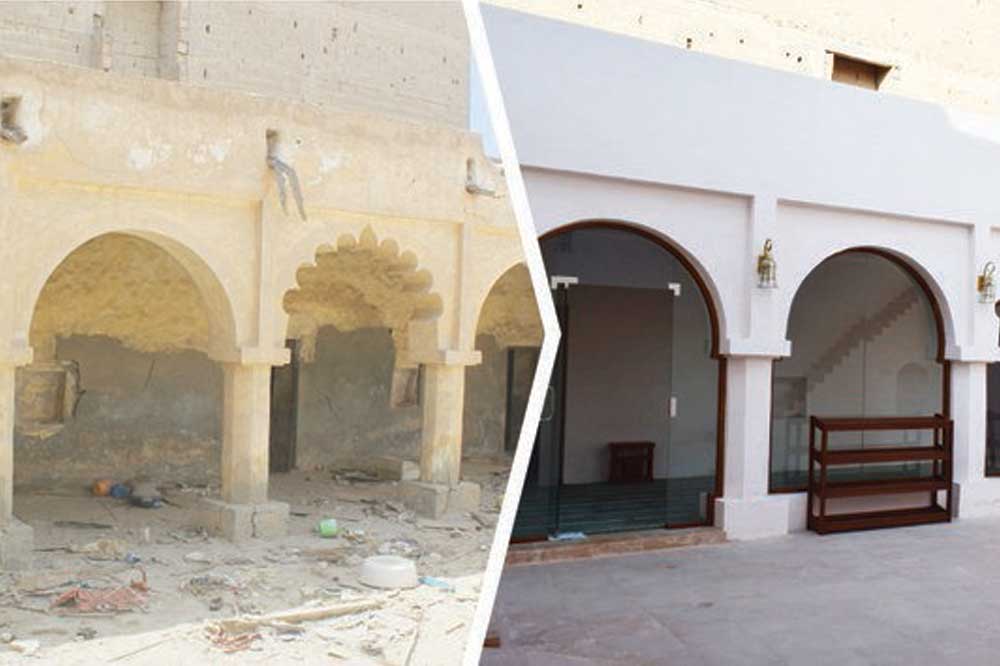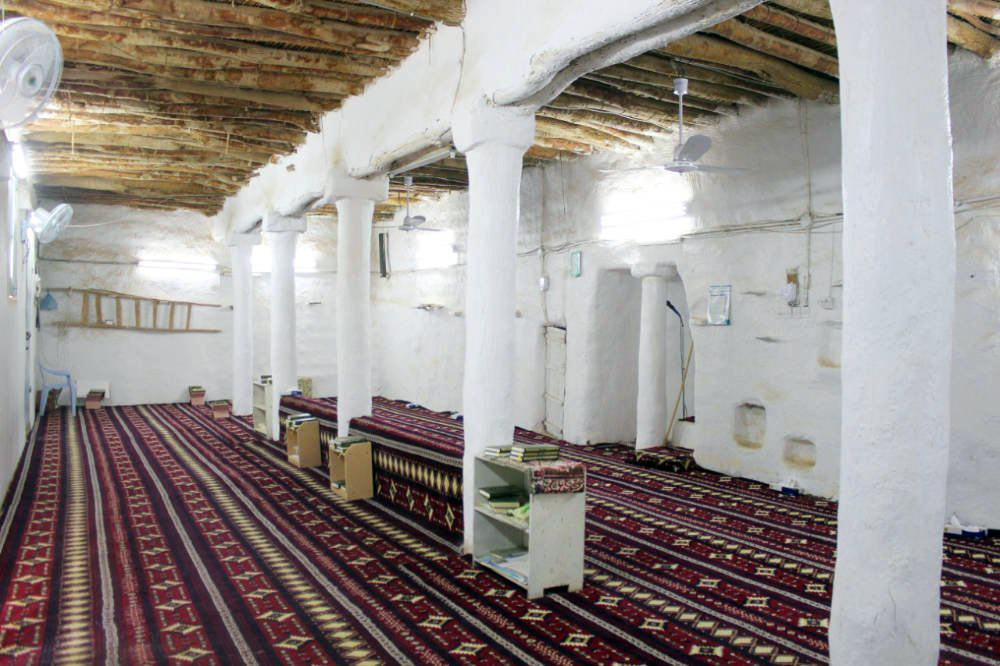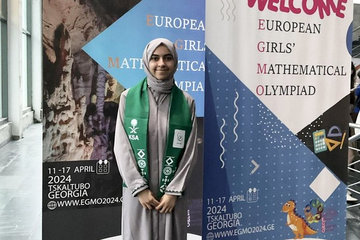
Image Via Arab News
The Prince Mohammed bin Salman Project for the Renovation of Historical Mosques allocated a budget of SR57 million or $13 million will bring back to life long-forgetten mosques all across Saudi Arabia. Crown Prince Mohammed bin Salman took on this initiative, which for long, depended on the generosity of private donor and non-profits. This ambitious project will renovate 30 mosques in 10 regions across the Kingdom over a period of 423 days. After this first milestone is reached, the next goal is to renovate a hundred more mosques of historical and geographical importance.

Al-Haditha Mosque
A dilemna arises in every restoration project: the preservation of the space and its history vs. modernization with proper maintenance. The religious meanings and values are present in every corner of a mosque and this spiritual embodiment serves a unique purpose in every region in the Kingdom.
“Mosque design in the Kingdom show a significant difference from one region to the next,” told executive director of the project Dr. Mihsin Al-Qarni to Arab News. Under the crown prince’s directive, a team of experts is coming together for the restoration of historic buildings.
“The renovation of historical mosques by professionals in the field — engineers, designers, urban planners, civil engineers, interior designers, environmental designers, artists and more — is important to ensure the preservation of the original urban identity of each mosque. With mosques that range in age from 60 to more than 1400 years old, the main purpose of these restoration projects is to carry cultural heritage monuments into the future with the minimum change to their structure and characteristics,” said Dr. Fatma Jobran to the pan-arab newspaper, an interior environmental design professional.
Each mosque carries a particular design that is relevant to its respective architectural period. Hence, these standalone characteristics will be respected and recreated in the renovated mosques. “The cultural element of the renovation reflects the trend towards sustainability and green architecture, as the preservation and development of historical mosques contribute to highlighting the cultural dimension of the Kingdom,” she added.

Al Jaloud Mosque
Restoring these mosque has given the team the opportunity to look back to the different materials used in the construction of a mosque, which vary according to its date and location. “The weather is an important element when designing and building mosques, and builders used materials familiar to their regions to accommodate the weather conditions, as well to ensure that the mosque was open throughout the year,” said Dr. Al-Qarni.
It's compelling to see how one can learn much about a holy site's historicity hundreds years later. We look forward to visit these mosques and travel back in time!

















